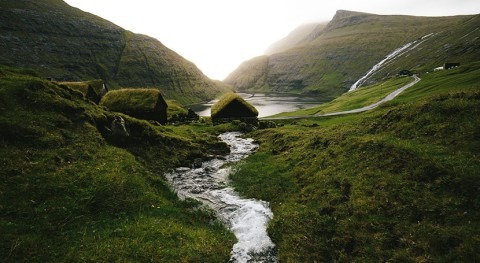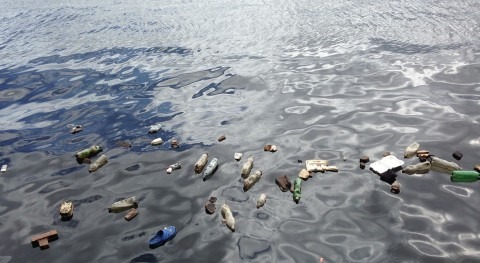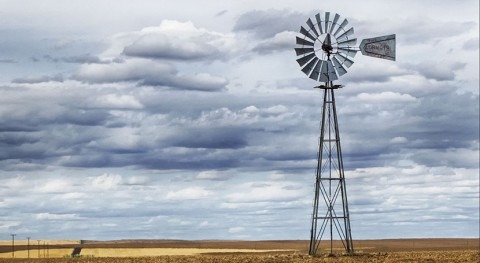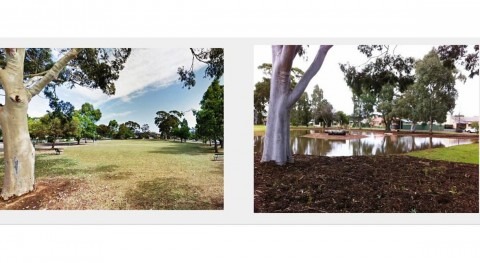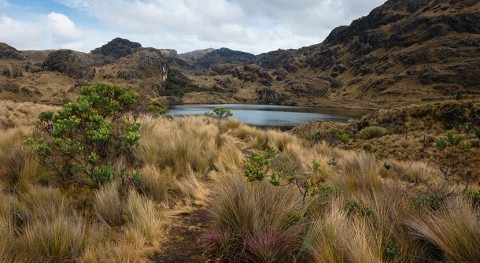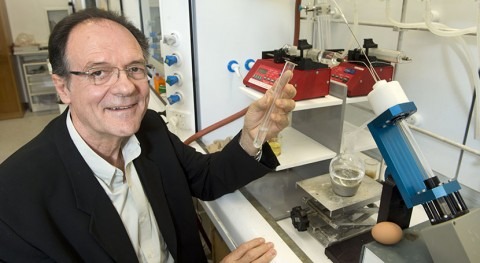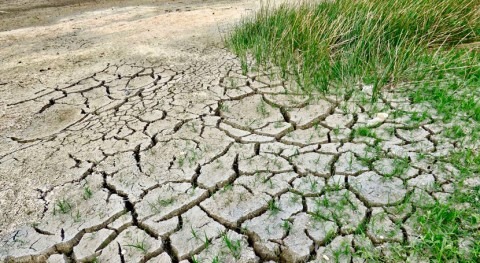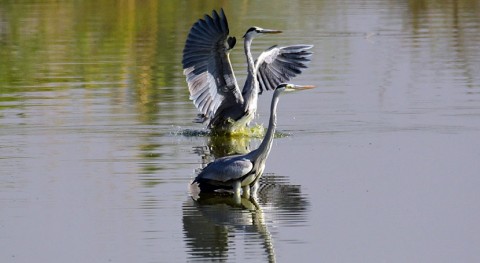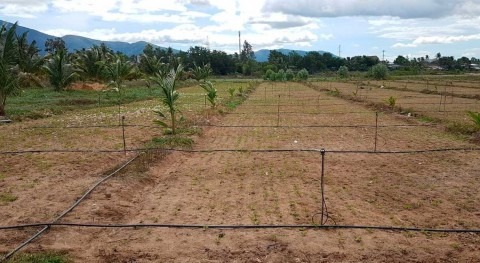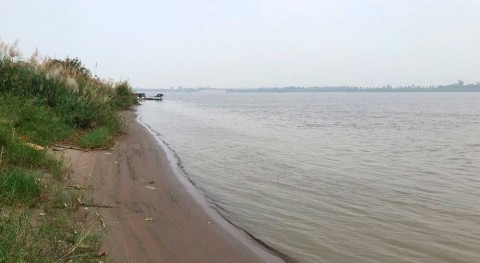From the Murray-Darling system to Great Artesian Basin, "invisible" underground groundwater is often the only water supply available across the vast majority of Australia—and its annual contribution to GDP is estimated at more than $6.8 billion a year.
However, overuse of groundwater during droughts and aquifer depletion has led to water crises, including in Australia's "food bowl" the Murray-Darling Basin (MDB), California and Cape Town in South Africa, with more likely to follow as groundwater management is largely reactive and unlikely to avert more crises as climate change and population pressures grow.
The UN World Water Development Report 2022 released on World Water Day (22 March 2022) asks why these vital resources are poorly managed and misunderstood.
Globally, the need to manage freshwater supplies is rising daily, with the United Nations issuing a dire warning for large tracts of highly populated and other arid and semi-arid countries around the world if more regulations are not put in place on groundwater. A 2009 World Resources Group report forecast the world would face a 40% water deficit by 2030 under a business-as-usual scenario.
"Groundwater makes up almost all of the available freshwater on our planet: 97% of fresh water on earth lies in the ground beneath our feet," says Flinders University Distinguished Professor of Hydrogeology Craig Simmons, a lead contributor the UN report.
Groundwater supplies half of the world's drinking water and 43% of the water used to grow good
Groundwater supplies half of the world's drinking water and 43% of the water used to grow good, and is widely used by mining and industry too.
Professor Simmons says examples of commercial interests such as irrigators working collaboratively with local communities on groundwater management and protection are necessary to protect valuable groundwater resources.
For example, the Angas Bremer irrigation district in South Australia, known as driest state in Australia, presents a rare and successful local collective action which provides guidelines for future management and possible government reforms, says Professor Simmons, also a co-author of a new article in the Journal of Hydrology.
The irrigation district is at the lower end of the very complex and sensitive socio-ecological system, the MDB. Located at the end of the basin, the Angas Bremer area does not have control over upstream water-management decisions but did commence work on co-management plans more than 50 years ago.
The new research article, "Coming together: Insights from an Australian example of collective action to co-manage groundwater," considers the collective local economic, social, and environmental decisions that have helped create a valuable example of groundwater management for others around the world, Professor Simmons says.
"By working together with the government department, the local committee has developed and implemented innovative water management policies which led to reduction of groundwater extractions by 80%, promoted artificial recharge from excess surface water, changed crops for increase profitability, and decreased water consumptions, and constructed pipelines accessing surface-water sources," the study concludes.
While central government regulation and funding is important, this case study highlights the benefits of regulators giving local users some autonomy to devise their own rules and build trust between key stakeholders.
The UN World Water Development Report 2022 says groundwater withdrawal rates keep rising, with agricultural sector using about 69% of the total volume, 22% for domestic uses and 9% for industrial purposes. About 99% of the global volume of liquid freshwater consists of groundwater—and rising population, food production and irrigation has seen a strong increase in both groundwater and surface water has over the past century.




